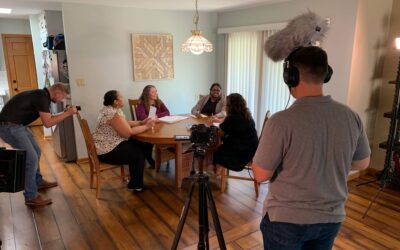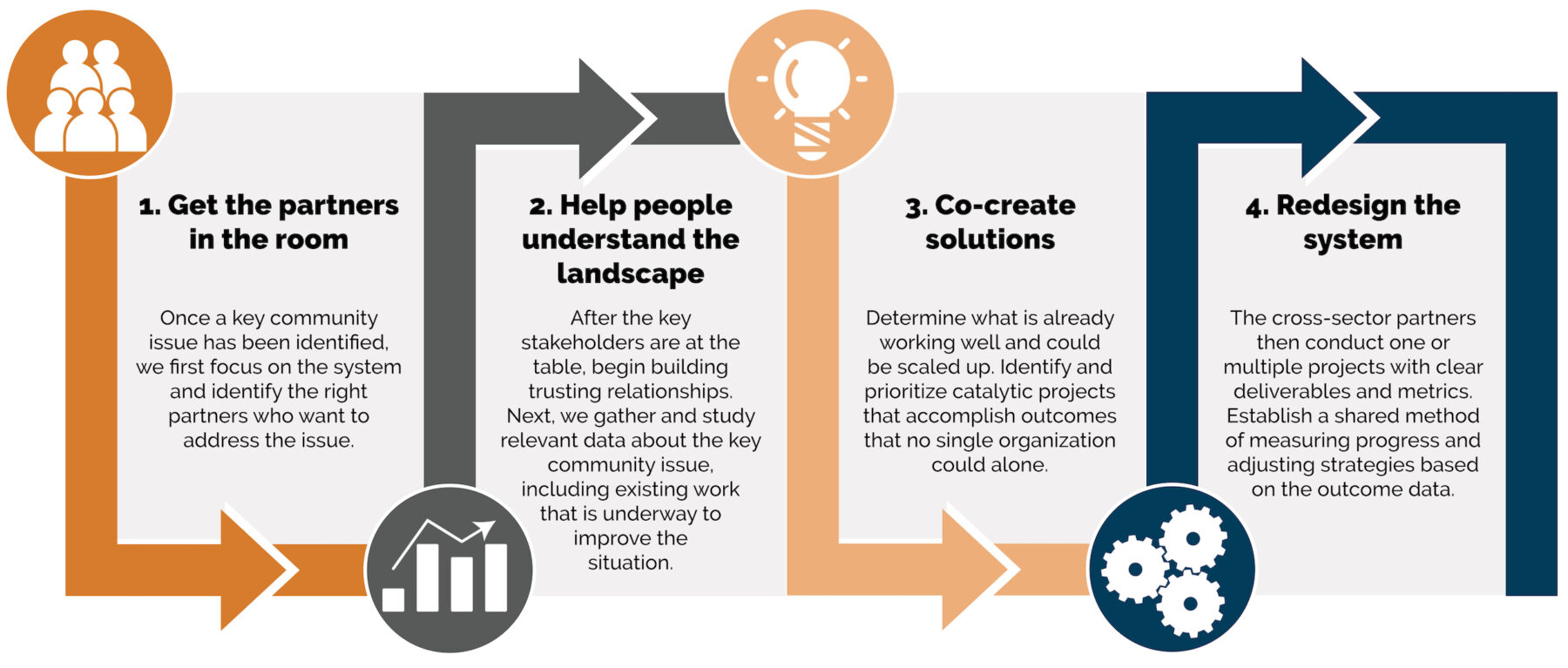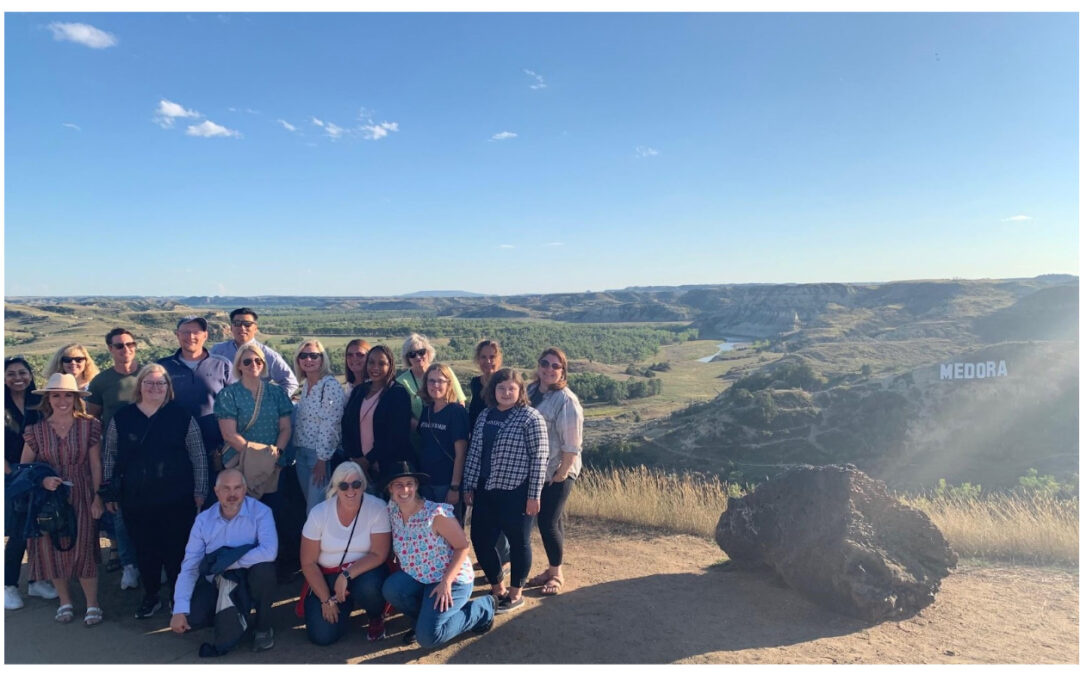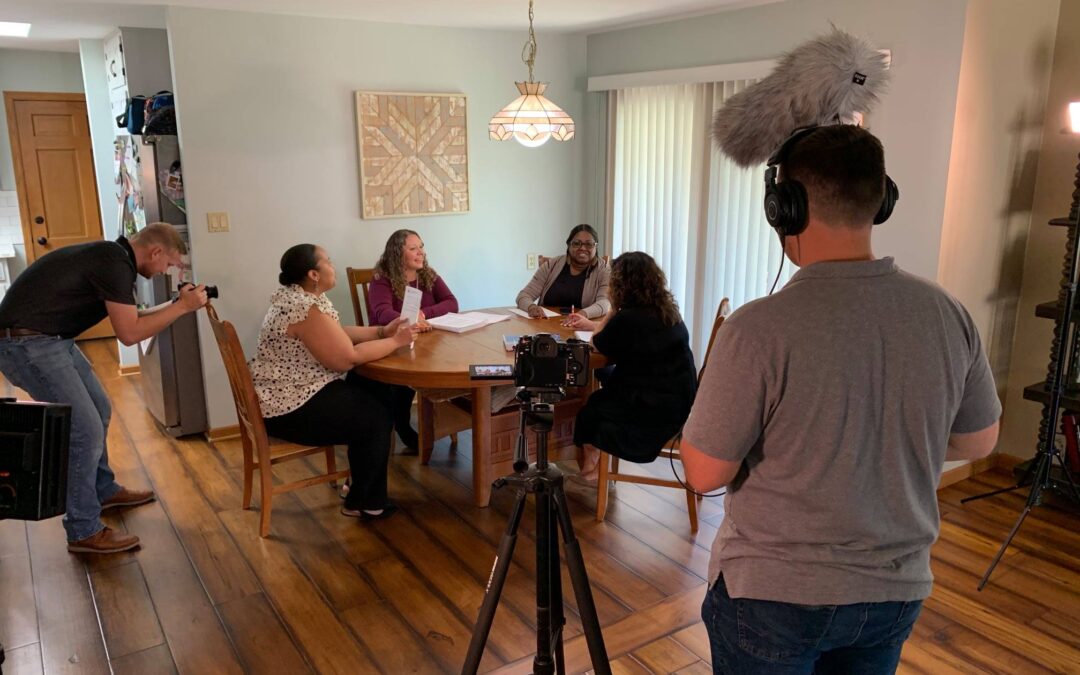 In March, we released a blog about why organizations in the nonprofit sector might want to consider a merger and discussed the different types of restructure options. Once a nonprofit decides to move forward in considering a merger, how do you reach consensus on this decision and if a merger is the best fit?
In March, we released a blog about why organizations in the nonprofit sector might want to consider a merger and discussed the different types of restructure options. Once a nonprofit decides to move forward in considering a merger, how do you reach consensus on this decision and if a merger is the best fit?
Deciding to merge can be emotional and sometimes political for everyone involved. Therefore, nonprofits often hire a third-party entity to facilitate the decision-making process from an impartial standpoint.
Transform Consulting Group has helped nonprofits navigate the process of a merger or acquisition. Last year, we helped Mental Health America of Greater Indianapolis (MHA Indy) decide on whether or not to merge or restructure their organization to remain a separate entity. Below are five steps we used with MHA Indy, and you can use these tips to help your nonprofit work through the process of a merger or organizational restructure.
Step 1: Determine the goal(s)
First, your nonprofit needs to determine what you want to accomplish. Why are you having this conversation now?
- Is your nonprofit in financial crisis, and you need to partner with another nonprofit to become financially stable?
- Are you looking to expand your reach and want to acquire/merge with another nonprofit or for-profit entity that could potentially grow your footprint?
- Is your nonprofit going in a new direction, and you want to spin off a program that doesn’t “fit” with the new direction?
When MHA Indy reached out to us, they were very clear on their goal. They wanted to reach agreement with their board on the best path forward for their organization. They need a third-party, impartial entity to do the research and due diligence and help them identify their options to increase the future vitality of the organization.
To help answer these critical questions, we talked with the staff and board. You may also want to reach out externally to current/past funders and key donors. Having a third party entity ask these tough questions can help elicit honest and transparent feedback that is often difficult to share within an organization.
Step 2: Understand the current state
Start with the basics. It is important to fully understand the organizational cause (mission and vision), overall goal(s) of the nonprofit, and the audience being served. Answering the questions in the first step will really help direct a deep dive into the organization.
- Review the nonprofit’s current programs and services to assess impact, value and relevance in the industry.
- Review the nonprofit’s financials, including fundraising and programming strategies over the past 5 and 10 years to identify trends and noticeable changes.
- Who are you serving? Have there been changes to your targeted population? If yes, what are the implications?
- What perspectives do your staff, board and funders have about your nonprofit?
We reviewed MHA Indy’s past funding, history of programming in Indy and also changes occurring nationally and within the state. Due to some changes with a large funder’s priorities, they had seen a significant decline in their funding that they had not been able to recoup. There had also been a change to the status of other MHA chapters in their area that affected their funding and programming. All of this culminated in the “perfect storm” that got them to this point of critical decision-making.
This step in the process helps everyone understand the important context and answer “how did we get here”.
Step 3: Research
During this step you want to gather as much information as possible to inform the decision-making process. The key is to be objective and have an open mind to think outside the box as well as stay true to your answer(s) in Step 1.
- Are there a lot of nonprofits providing similar services in your geographic area? Identify if the service(s) you are providing is a “crowded” market. If yes, what makes your nonprofit stand out (or not) from others?
- Has there been a policy shift in your arena where services or programming are no longer needed or being provided in a different way? What have other similar nonprofits like yours done to adapt to the change that you could potentially replicate?
- Are there organizations that share a common mission but might be missing your services (e.g., mental health or parent education) and could provide a comprehensive array of services if you joined forces? Look at the landscape in your geographic area to see if there might be some natural allies to consider a merger or partnership.
- If you are looking to increase your reach either through a new service, geographic area or target population, identify who is doing it well in any of those categories for a possible merger opportunity.
MHA Indy wanted to know if there were other nonprofits (whether they were MHA chapters or a nonprofit) that had successfully “reinvented” themselves to turn around their financials and programming. They were also interested in possible merger/ acquisition opportunities with nonprofits who shared similar values and could complement each other other. They wanted to know their options for restructuring, so we did all of the research to gather this information. We talked with key stakeholders: national and state contacts, past and current funders and board members to also get their input and insight.
Step 4: Assess all the options
Review all of the viable options identified in Step 3, and discuss the opportunities and concerns with each.
- Summarize all of the research and stakeholder input about options for the future of the organization.
- Narrow down the possible paths forward, such as merger, acquisition, closure, “spin off” or no change.
- Discuss strategies for each possible path forward and the pros/cons of each option.
We summarized all of the information collected in a report and slide deck to help the board consider their options and determine what, if any, additional information was needed to make a decision. We had identified a potential partner to merge and began some initial exploratory conversations.
Step 5: Reach consensus
Bring together the leadership team (staff and Board) to reach agreement on the path forward for the organization. By the time you arrive at this step, those involved have started to reach consensus about the best direction for the nonprofit’s future and there aren’t any surprises. Having completed this due diligence process of engagement with all key stakeholders and a comprehensive research period, should help bring everyone together on the same page.
- Consult your organization’s by-laws to ensure you understand the decision-making process to take the necessary action.
- Bring the necessary stakeholders (e.g., Executive Committee or Board of Directors) to vote on any changes for the organization.
- Engage outside experts, such as lawyers and accountants, to better understand the legal and technical aspects of a merger or partnership (i.e. What would be required of each organization involved?
Based on all of the due diligence and engagement with the key stakeholders throughout the whole process, the MHA Indy board was able to reach consensus pretty quickly at our decision-making/ planning meeting. When we started the process, the MHA Indy board was very split on their decision about the future of the organization. Therefore, we were thrilled that we helped them reach unanimous consensus!
Change for any organization is difficult. Any type of possible organizational restructuring like a merger can be an emotional decision. Following a comprehensive assessment process like this helps to provide the objective information necessary to make a thoughtful decision about the future of the organization.
Based on the outcome decided, a consultant may be retained to assist the organization with determining next steps and developing an action plan for moving forward with the merger/acquisition process. We were excited to continue working with MHA Indy and Families First as they worked through all of the details of the merger. You can read more about their merger here.
With the continued growth of nonprofits over the past several years, some nonprofits are often unknowingly becoming each other’s competitors for funding, clients, and volunteers. Few nonprofits are considering organizational realignment in a strategic way to strengthen their effectiveness, reach, and impact.
Transform Consulting Group can help you determine if a merger would be the best course of action for your organization. Give us a call or send us an email today!





